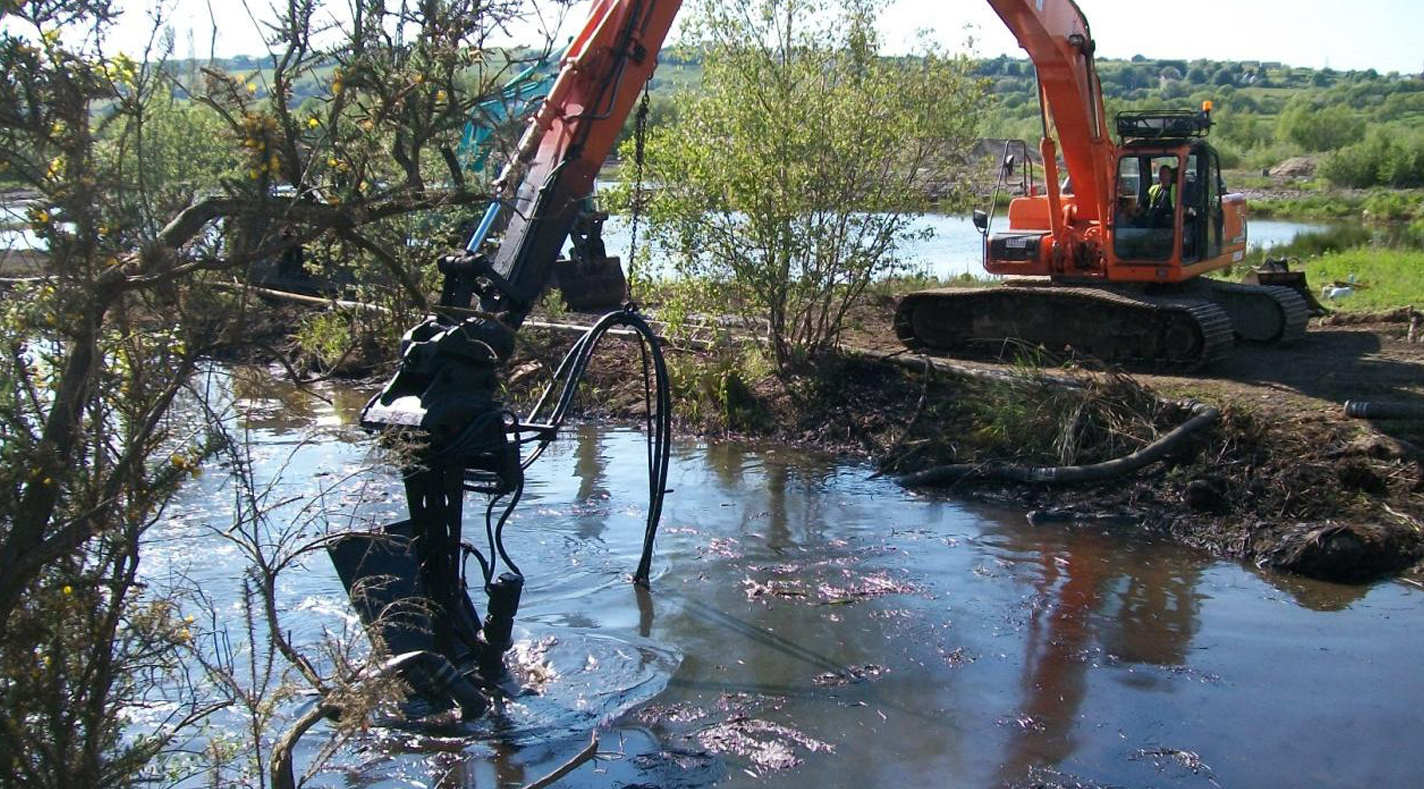What is Dredging?
Dredging and desilting are critical maintenance practices widely employed in water management and civil engineering to ensure the functionality and safety of aquatic and semi-aquatic environments. These processes are particularly crucial during the dry season due to lower water levels, which makes the operations easier and more effective. This article delves into the definitions, methods, and benefits of dredging and desilting, highlighting why they are indispensable for maintaining water bodies.
Dredging is the operation of removing sediments, debris, and other materials from the bottom of water bodies such as rivers, lakes, harbors, and other waterways. This process is performed using specialized equipment like dredgers, which come in various types including suction, cutter suction, backhoe, and more. The primary aim is to deepen or maintain the depth of the water body, ensuring safe navigation, increasing water storage capacity, and facilitating various water-dependent activities.
Why are They Conducted During the Dry Season?
Dredging and desilting are often most effective during the dry season for several reasons:
- Lower Water Levels: Reduced water levels expose more of the sediment layers, making them easier to remove.
- Reduced Flow Rates: Lower flow rates during the dry season minimize sediment re-suspension and dispersal, making the dredging and desilting processes more efficient and less disruptive.
- Easier Access and Mobility: Equipment and personnel can access and maneuver more easily in and around the water body due to the reduced volume of water.
- Preparation for Rainy Season: Clearing sediments before the rainy season prevents flooding and overflow, as water bodies can accommodate increased water inflows.
Benefits of Dredging and Desilting
- Flood Prevention: By removing sediments and debris that block water flow, these processes prevent overflow and reduce the risk of flooding, protecting ecosystems and human settlements nearby.
- Water Quality Improvement: Sediments can often contain pollutants such as heavy metals, pesticides, and other harmful substances. Removing these sediments can significantly improve water quality.
- Ecosystem Restoration: Sediment buildup can smother habitats and affect the breeding grounds of fish and other aquatic life. Dredging and desilting help restore these natural habitats and promote biodiversity.
- Navigation and Recreation: Accumulated sediments can hinder navigation and recreational activities in water bodies. Removing these materials ensures safe passage for vessels and improves conditions for recreational activities such as boating and fishing.
- Economic Benefits: Waterways free of sediment are crucial for commercial activities, including shipping and transport. Dredging ensures that these economic activities can proceed without disruption, contributing to the local and national economy.
- Water Management: In regions prone to drought, dredging and desilting can increase the water storage capacity of reservoirs and lakes, ensuring adequate water supply during dry spells.
Conclusion
Dredging and desilting are essential maintenance practices that play a pivotal role in the management of water bodies. They ensure safety, prevent environmental degradation, and support economic activities by maintaining the depth and quality of waterways. Conducting these operations during the dry season maximizes their effectiveness, making them strategic choices for sustainable water management. By investing in regular dredging and desilting, communities and governments can safeguard their water resources and ensure their long-term viability and productivity.
